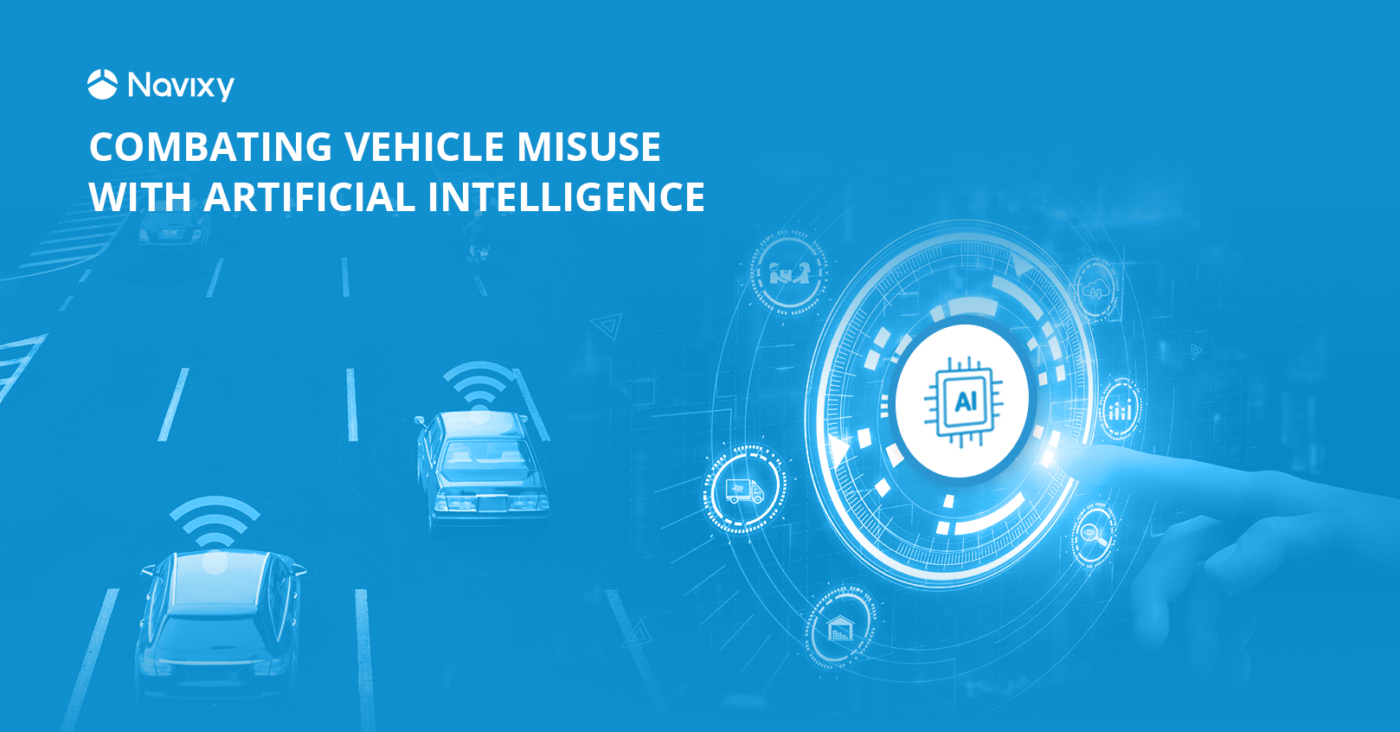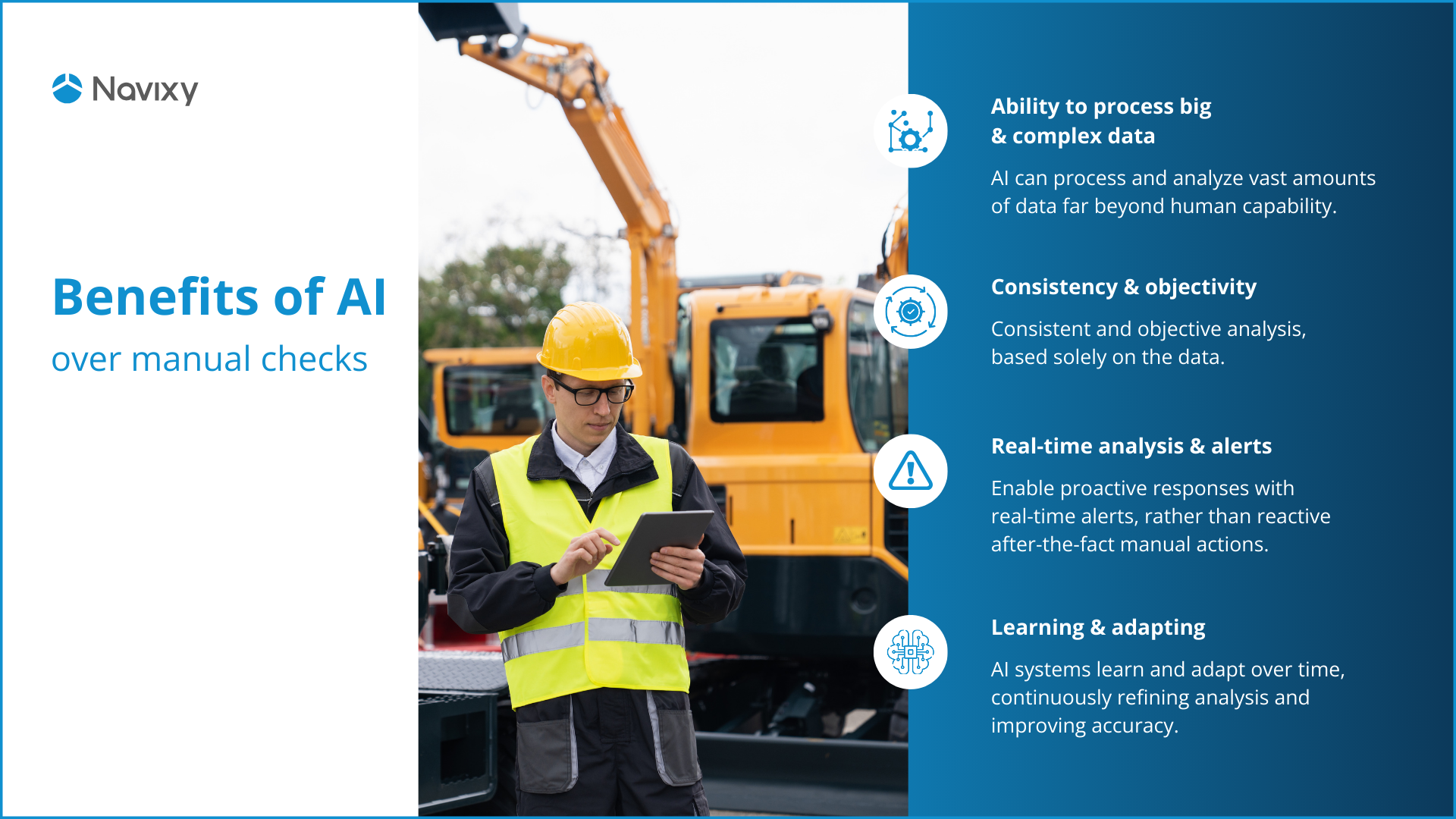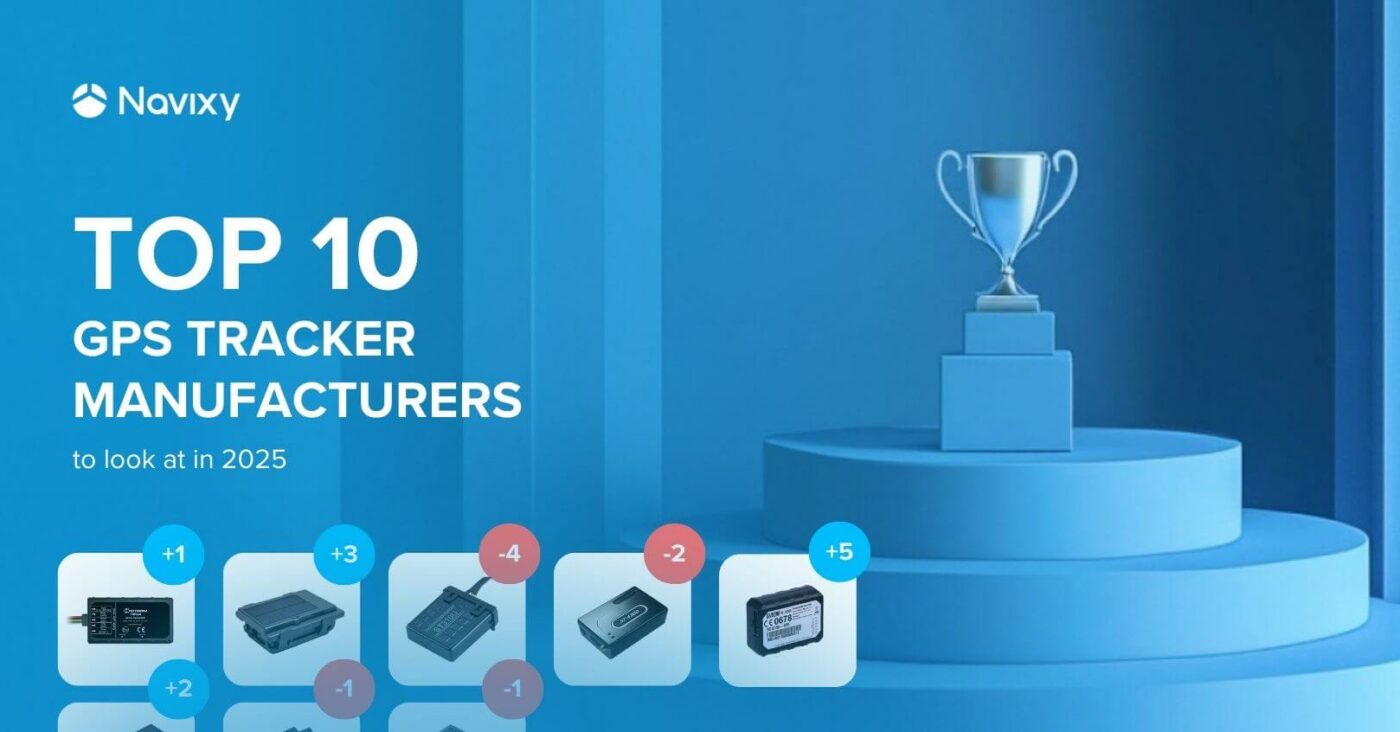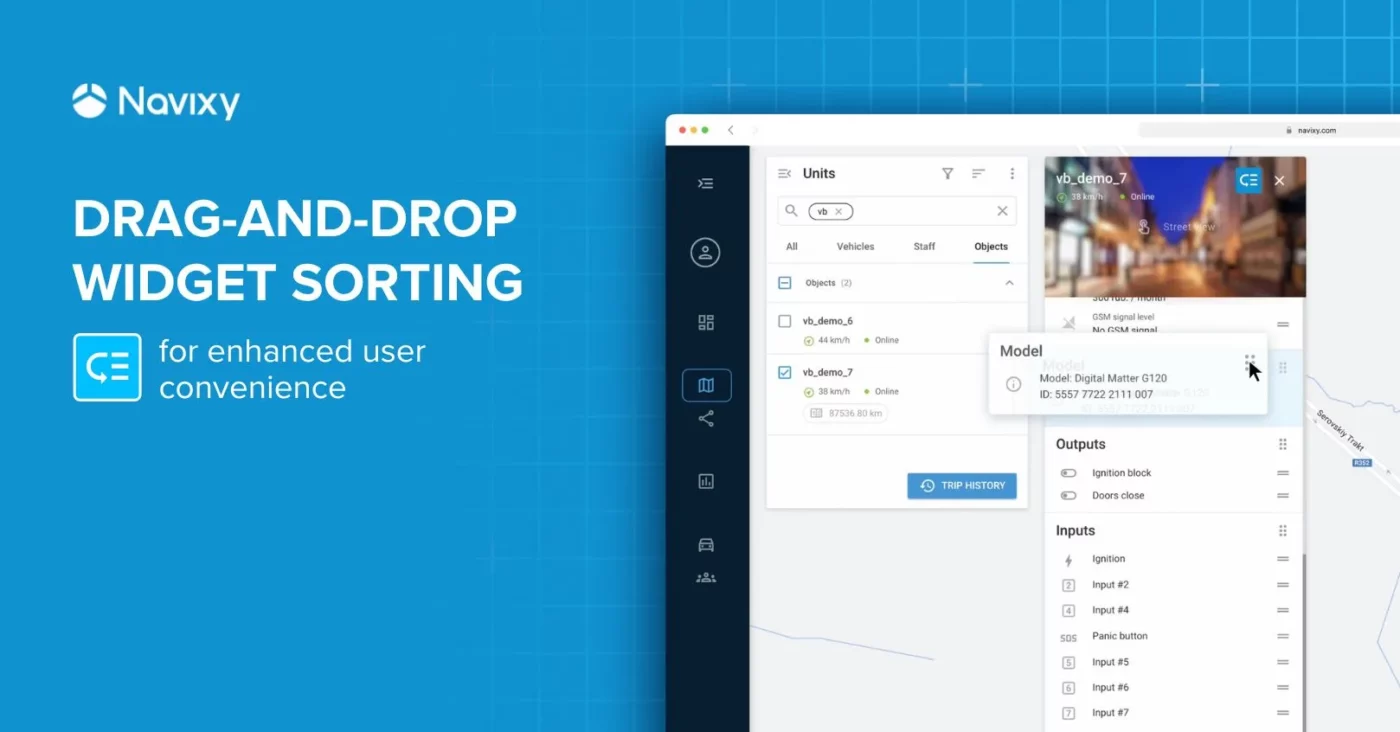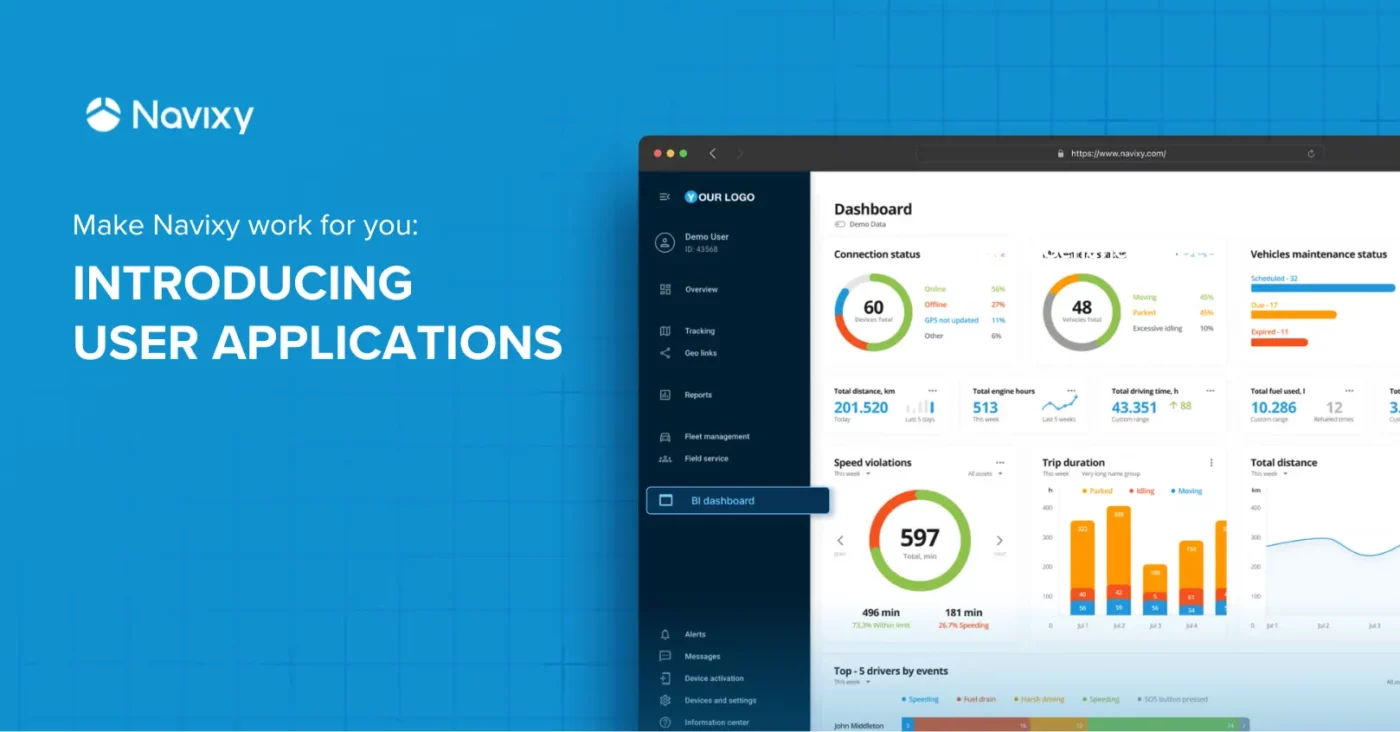Imagine this: a fleet of company vehicles, each representing a significant investment and a vital tool for business operations. These vehicles are meant to facilitate work, enhance productivity, and support the company's bottom line. Yet, beneath this straightforward purpose lurks a hidden challenge, one that many businesses grapple with – vehicle misuse.
Vehicle misuse in corporate fleets is a more common problem than you might assume. It ranges from employees using company vehicles for personal errands to more severe cases like unauthorized side jobs or even fraudulent activities. The implications of this misuse are not just financial, though the cost in fuel, maintenance, and wear and tear is substantial. There's also the risk of reputational damage, legal liabilities, and compromised employee safety.
So why is this misuse so challenging to detect and prevent? The answer lies in the data complexity and subtlety of human behavior. Traditional methods like manual logbooks or basic GPS tracking can only go so far. They might tell you where a vehicle has been or how long it was used, but they fall short in interpreting the data to uncover patterns of misuse.
This is where Artificial Intelligence (AI) steps in. AI, able to sift through mountains of data, learn from patterns, and even predict future behaviors, is a powerful solution to this pervasive issue. By applying advanced Machine Learning techniques, AI can analyze vast amounts of telematics data – the routes taken, the times of travel, the frequency and duration of stops – and flag anomalies that indicate potential misuse. This level of analysis is beyond human capability, both in terms of the volume of data and the subtlety of patterns detected.
In this article, we delve into how AI is not just a tool but a game-changer in the fight against vehicle misuse. It's a journey from recognizing a persistent problem to embracing a technologically advanced solution that promises to not only detect but also deter misuse, safeguard assets, and uphold the integrity of business operations.
The classical approach: GPS tracking without AI
In the world of fleet management, the introduction of GPS tracking systems marked a significant leap forward. These systems offer fleet managers a bird's-eye view of their vehicles: where they are, where they've been, and how they've been used. It seemed like a comprehensive solution when first released, but it wasn't long before the limitations became apparent.
The classical approach relies heavily on manual checking. Managers sift through GPS logs, scrutinize route histories, and compare them against schedules and job orders. It's a labor-intensive process, often akin to finding a needle in a haystack. Even with diligent effort, crucial nuances indicative of misuse can easily slip through the cracks. It's not just about the presence of data; it's about the ability to interpret it meaningfully and efficiently.
This manual system, while beneficial, is inherently reactive and often too late. It's akin to closing the barn door after the horse has bolted. The need for a proactive, intelligent solution is clear, and this is where the AI-driven approach shines.
Illustrative cases of vehicle misuse
To illustrate the subtlety of vehicle misuse, we will examine two distinct scenarios: a seemingly innocuous company sedan and a heavy machinery case in the construction industry, each presenting unique challenges in misuse detection.
The ride-sharing dilemma
Picture a company vehicle, such as a sedan used by a sales representative, that’s equipped with a standard GPS tracker to log its movements. Over time, the vehicle starts showing up at airports and train stations, especially on weekends – times when it should be idle. Unbeknownst to the company, the sales rep has been moonlighting as a ride-sharing driver.
In the classical approach, these deviations might go unnoticed for months, buried under mountains of routine data. The irregularity of the usage pattern, like infrequent weekend trips, makes manual detection difficult. It's a subtle but costly misuse, wearing down the company vehicle and potentially exposing the company to liabilities.
The case of the truck-mounted drill rig
In another scenario, a construction company operates a fleet of specialized vehicles, including a truck-mounted drill rig. These vehicles are workhorses, used in rugged, remote locations. One particular rig starts logging mileage and fuel usage that's slightly higher than its counterparts.
On paper, everything seems normal – the rig is at job sites, within working hours.
But in reality, the operator has been using it for small, off-the-books construction jobs that are carefully scheduled to avoid raising immediate flags. This kind of misuse is insidious, slowly accruing extra wear and tear on the vehicle, as well as risk. In the classical approach, these discrepancies might be attributed to normal variances, the true cause hidden by the operator's cunning scheduling.
These cases vividly demonstrate the diverse and intricate nature of vehicle misuse, highlighting the challenges in detecting such issues through conventional methods.
Employing AI for preventing vehicle misuse
The entry of Artificial Intelligence marks a pivotal chapter in the evolving narrative of fleet management. AI transforms the colossal challenge of monitoring and interpreting telematics data from an overwhelming task to an achievable, even elegant, solution. But how does AI accomplish what seems to be an insurmountable task for human oversight?
At its core, AI in fleet management is about pattern recognition and anomaly detection. This process resembles the insights of a master chess player who, through years of experience, identifies strategies and patterns that are invisible to the novice. Similarly, AI algorithms, trained on extensive datasets of vehicle usage, learn to distinguish between “normal” and “abnormal” patterns.
Consider the sales rep using the company car for ride-sharing. To human eyes, the occasional weekend trip may seem innocuous. But AI, with its meticulous analysis, recognizes these trips as outliers compared to the established pattern. It doesn't just see data points; it understands context and frequency, alerting managers to potential misuse before it becomes a costly trend.
In the case of the truck-mounted drill rig, AI would detect the subtle increase in fuel consumption and mileage as significant, especially when cross-referenced with job schedules and locations. AI isn't fooled by clever scheduling; it sees the anomaly in the context of the vehicle's overall usage pattern.
Why AI excels where manual checking falters
AI's superiority over manual checking in fleet management is evident in several key areas:
- Ability to process big and complex data
AI can process and analyze vast amounts of data far beyond human capability. It can monitor entire fleets simultaneously, ensuring no vehicle's data goes unchecked. - Consistency and objectivity
Unlike humans, AI doesn't suffer from fatigue or bias. Its analysis is consistent, objective, and based solely on the data. - Real-time analysis and alerts
AI systems can provide real-time monitoring and alert to enable proactive responses to potential issues, as opposed to the reactive, after-the-fact approach of manual checking. - Learning and adapting
Perhaps most impressively, AI systems learn and adapt over time. They become more attuned to the specific patterns and needs of a business, continuously refining their analysis and improving their accuracy.
AI doesn't replace the human element in fleet management but rather it enhances it. It empowers managers with insights and foresight, allowing them to focus on decision-making rather than getting lost in data. This is the beauty of AI in preventing vehicle misuse – it's a sophisticated, intelligent assistant, ever-vigilant, and always learning, turning a tide of data into actionable insights. The final section of our article will showcase real-world success stories to illustrate the tangible impact of AI in transforming fleet management.
Real-world success stories: The transformative impact of AI in Fleet Management
As we conclude our exploration of AI's role in combating vehicle misuse, let's turn our attention to real-world success stories. These narratives illustrate the tangible benefits of AI in fleet management and serve as testaments to its transformative impact on businesses.
Case study 1: The logistics company's turnaround
A mid-sized logistics company, plagued by unexplained fuel costs and vehicle wear, implemented an AI-driven fleet management system. The AI system was trained to analyze patterns in vehicle usage, focusing on anomalies in routes and times. Within months, the system identified several instances of vehicles being used for unauthorized side jobs.
Impact: The company saw a reduction in fuel costs and a decrease in maintenance expenses within the first year. More importantly, the AI system's proactive alerts helped reshape the company's fleet policies, leading to a culture of accountability and efficiency.
Case study 2: The construction fleet's enhanced oversight
A construction company with a large fleet of heavy machinery, including truck-mounted drill rigs, adopted AI to monitor their equipment. The AI system was adept at correlating fuel usage with job schedules and identifying discrepancies.
Impact: One notable discovery was a pattern of off-hours usage of a drill rig, which led to the uncovering of unauthorized construction projects. This intervention saved the company not just in terms of wear and tear but also averted potential legal and safety risks.
The broader benefits: Beyond cost savings
The transformative impact of AI in fleet management extends well beyond mere cost savings:
- Operational transparency: AI provides a level of transparency in operations that was previously unattainable. Managers have a clear view of how, when, and where their vehicles are being used.
- Enhanced compliance and safety: The use of AI helps ensure that vehicles are used in compliance with legal and safety standards, reducing the risk of accidents and legal issues.
- Employee accountability: The knowledge that vehicle usage is monitored by an intelligent system creates a culture of accountability among employees.
- Data-driven decision making: With AI, fleet management becomes a data-driven domain, where decisions are made based on accurate, timely information.
- Predictive maintenance: AI's ability to predict potential maintenance issues helps in scheduling timely service, thereby extending the life of the fleet.
These benefits collectively represent a profound shift towards smarter, safer, and more efficient fleet operations, underpinned by AI.
Embracing the future or Fleet Management with AI
In the fast-paced and competitive world of business, AI in fleet management is not just about keeping up; it's about staying ahead. By using the power of AI, businesses can transform their fleet operations from a point of vulnerability to a source of strength. It's a journey from reactive problem-solving to proactive management, a journey where every step forward is powered by data, intelligence, and an unwavering focus on efficiency and integrity.
As we look to the future, the role of AI in fleet management is set to grow, evolving in sophistication and impact. For businesses ready to embrace this technology, the road ahead is promising, leading to smarter operations, reduced costs, and a robust bottom line. The story of AI in fleet management is just beginning, and its chapters are filled with innovation, insight, and immense potential.
